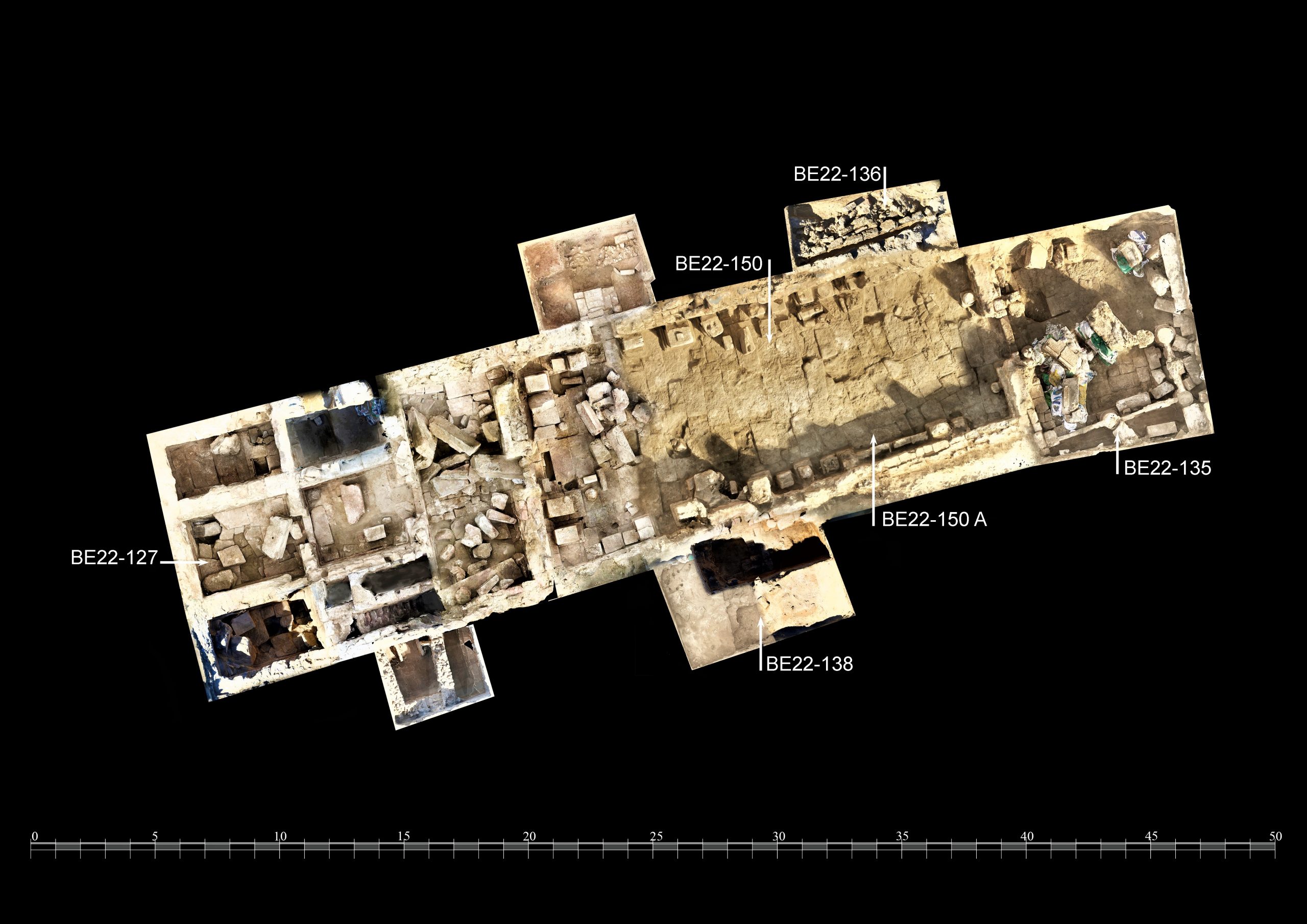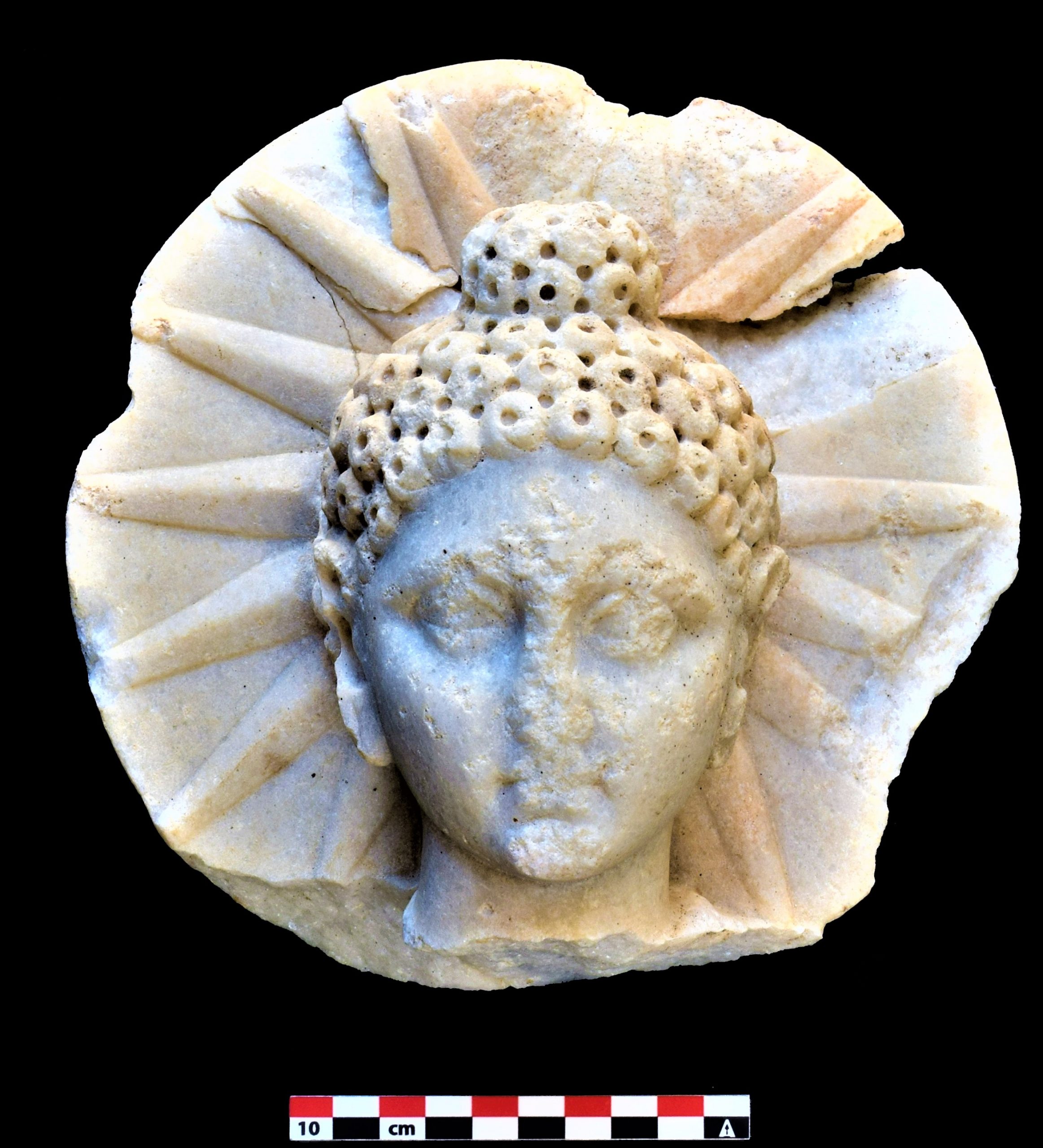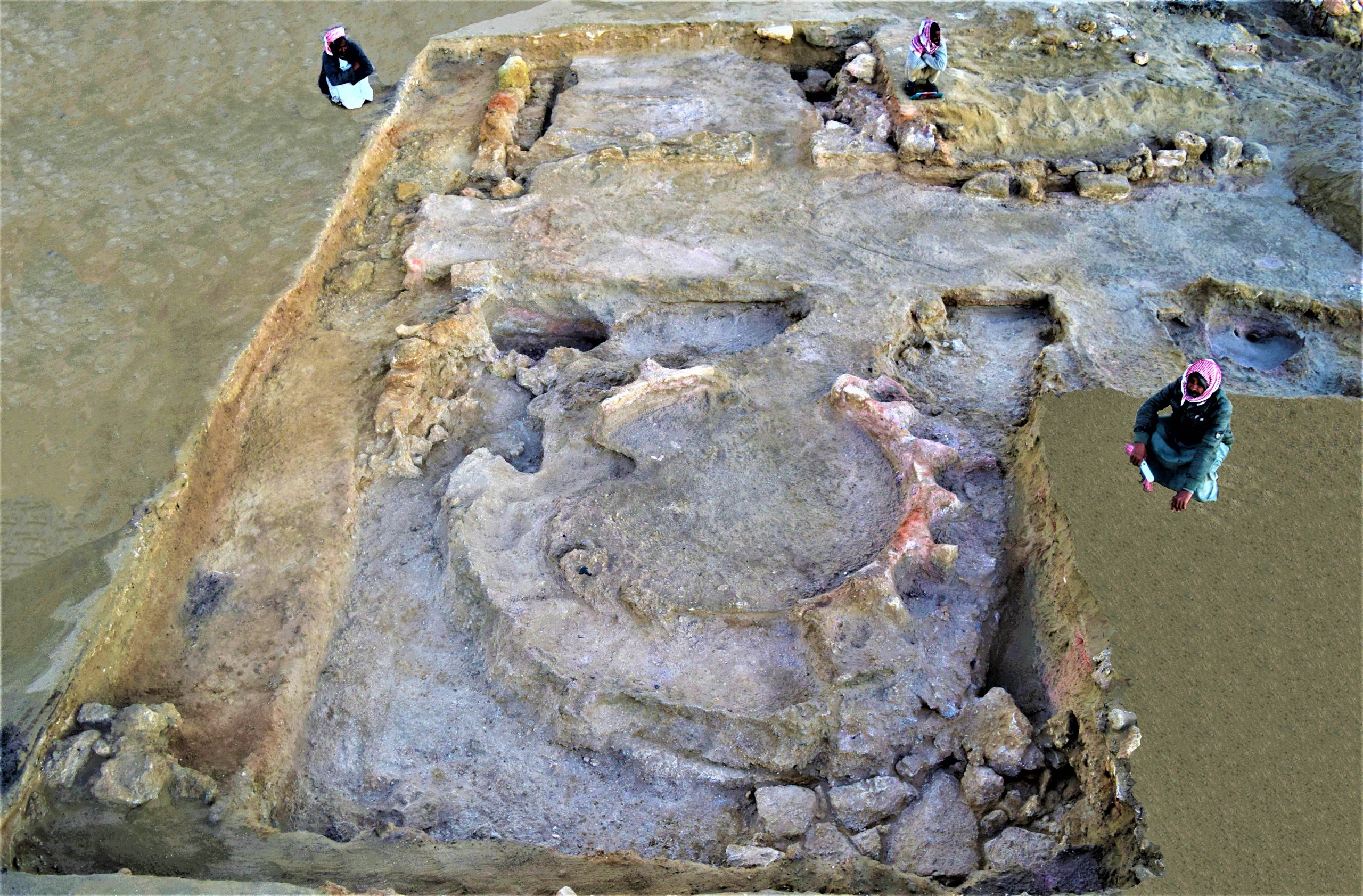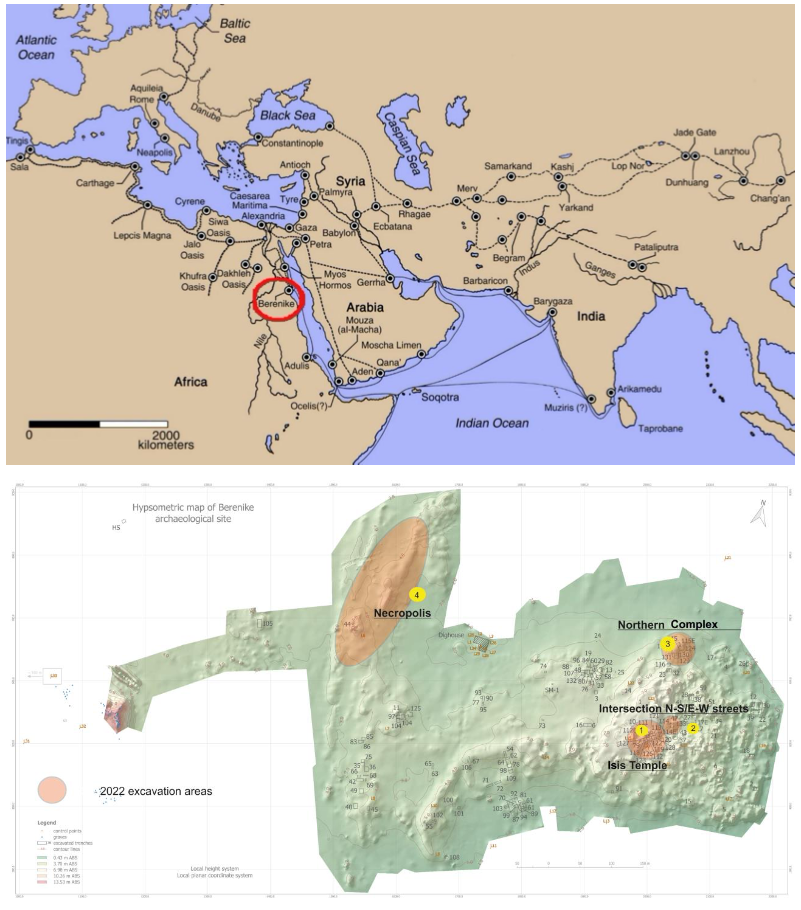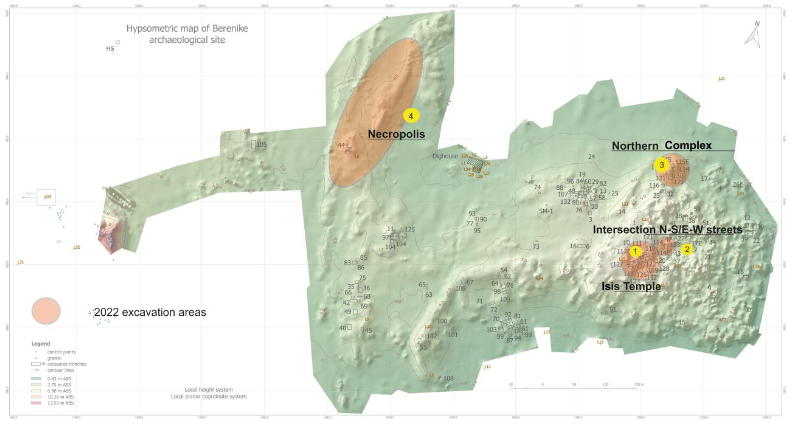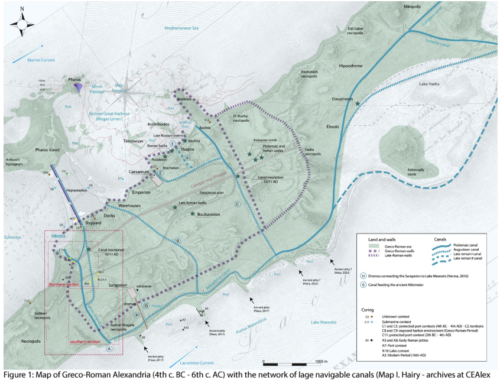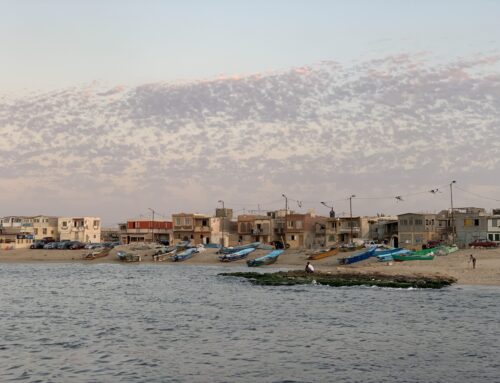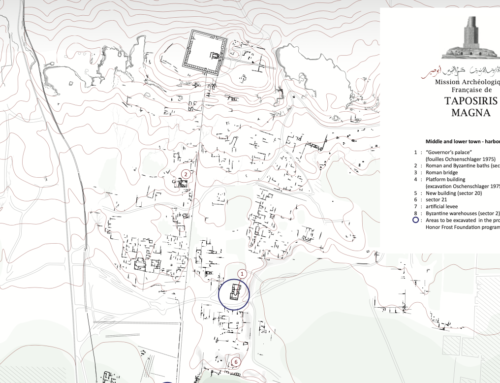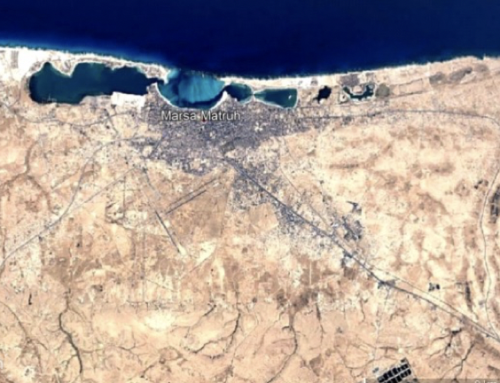Berenike: An Ancient Red Sea Port
The Ptolemaic-Roman (3rd c. BC-6th c. AD) Egyptian Red Sea port of Berenike was a pivotal nexus in the network linking Europe, Africa and Asia and the Mediterranean world via the Red Sea/Indian Ocean basin. Maritime and terrestrial routes met at Berenike to transfer products, people and ideas across continents. Excavated finds indicate maritime contacts as far west as the western Mediterranean on the one hand and the Indian Ocean coast of Africa, southern Arabia and south Asia (India and Sri Lanka), on the other, on a regular basis for centuries. We also have evidence of contacts as far east as Java. Excavations have recorded fragments of ships that transported peoples and cargoes. These remains indicate techniques and materials used for their construction.
In the winters of 2023-2025, the Berenike port project (map) will expand our knowledge of various aspects of life at this Ptolemaic-Roman Red Sea emporium, which, for approximately eight centuries, focused on the lucrative maritime commerce that was its life blood. We will continue excavations in four main areas in 2023 (see plan): 1) The Isis Temple entrance and street leading to it; 2) at the intersection of north- south/east-west streets where we started excavation of a tetrastylon in previous seasons; 3) continuing excavations at the Northern Complex and; 4) at a Hellenistic Bath. We will excavate simultaneously in these four areas in 2023. Depending on results, we will continue excavations in these areas in 2024-2025 or adjacent to them. There will be approximately 8-10 trenches (and extensions) spread across these four areas each season.
Prof Steven Sidebotham, the director of the site for many years, was recently interviewed for our Dive & Dig Podcast. You can listen to the full interview here.
Maritime Archaeology at the Ptolemaic-Roman Red Sea Port of Berenike
Prof. Steven Edward Sidebotham
Berenike was a principal player in the “Old World” global economy as an important nexus for commercial and cultural exchanges between the Mediterranean world on the one hand and the Red Sea-Indian Ocean littorals on the other. The preponderance of the evidence excavated since 1994 suggests that Berenike functioned from the third century BC until sometime before the mid-sixth century AD. Some inscriptions in hieroglyphs found this season may indicate, however, much earlier activity at the site. Click on the link to view the full report….
Final-Report-Sidebotham-2014-2015-season
Download here
Prof. Steven Edward Sidebotham
In 2022 excavations continued at Berenike, a Ptolemaic-Roman port on the Red Sea coast of Egypt. Berenike operated for ca. 800 years as an “international” trade hub, a nexus for people, products and ideas passing between Europe, Africa and Asia.
The project excavated two areas. One (trench 149) was in the Hellenistic well/hydraulic zone at the western end of the site. There were circular baths, basins, lead piping, walls, etc., and evidence for glass/selenite windows. After abandonment and robbing, the area served as an early Roman-era cemetery.
Most fieldwork was in the Isis temple in the center of the site: at the temple entrance, in the courtyard, in the temple proper and at the temple periphery. Excavations at the entrance (trench 135) recorded Roman-era inscriptions in Hieroglyphs and Greek honoring Isis during the reigns of Tiberius, Domitian and Trajan. Recycling and reuse of architectural elements indicated other periods of remodeling that were unrecorded in dedicatory texts. The latest activity was a jerry-built wall likely erected in the 5th c. AD.
The courtyard (Areas 150, 150A) was excavated down to a paved floor made of ashlars, some recycled and aligned differently from one another. Together with the paving, some extant courtyard walls indicated, as had activities at the entrance, several phases of temple remodeling. Most excavated material from the courtyard comprised masses of large ashlars fallen from the southern courtyard wall northward into the courtyard itself. Mixed with and beneath this wall fall were sculpture and inscriptions from the 1st-4th c. AD. Most were in Greek, but one was a mid-3rd c. AD bilingual Brahmi/Sanskrit-Greek text. All were dedications, mostly to commemorate the safe return of crews and ships. Sculptural remains were made primarily of local anhydritic gypsum and included representations of Serapis, perhaps Mithras (rare in Egypt) and other fragments that could not be associated with a particular deity or individual. There was also a carved marble head of Buddha with rays emanating from it, suggesting syncretism with Apollo, Mithras/Sol Invictus or some other deity.
The project removed the bark stand from the reign of Tiberius (found in 2019) that had been discarded in a hole cut in the floor in the back of the temple itself (in trench 127). Beneath was loose fill and walls of an earlier structure, likely a temple. There was a South Arabian jar with a dipinto and a graffito in this fill. Fill dumped between the earlier structure and the currently visible edifice was poorly consolidated resulting in settling of areas of the Roman-period temple. This was especially prominent in parts of the courtyard.
Excavations in trench 138, south of the temple, recovered a fragments of inscriptions and miniature bronze statue parts (feet and an Isis headdress). Trench 136, to the north, recorded the top four fallen courses of the northern courtyard wall and a fragment of a steatite head of Osiris.

Berenike (Egypt) was a port town located at the Red Sea coast. It was the most important settlement in the area between the 3rd century BC and the 6th century CE, playing a key role in the intercontinental luxury goods trade. The excavation works spanning over 20 years provided unique insight into the economy in Antiquity and cultural contacts between the civilisations of Africa, Asia and Europe.
Currently, Berenike is located in the area of a military base, which is why it cannot be visited by people not involved in the archaeological excavations. The aim of this project is to overcome this barrier and provide the opportunity to visit Berenike to all those who have so far been unable to do so. This goal will be achieved by creating an IT system based on openly accessible websites. Such websites will include interactive maps and three-dimensional models (Fig. 1) of buildings and objects unearthed during the excavations, with popular science descriptions. A virtual tour of the site will be prepared with a 360° camera (Fig. 2).

2023 Project Update
The 2023 season conducted excavations in six trenches and their extensions (BE23-151-156). Excavations further clarified a number of architectural features and their sizes and functions in three main areas of the site: the Isis temple, the Northern Complex, and in the western Hellenistic/Ptolemaic hydraulic system. Trenches BE23-151, 152 and 156, at the entrance and in and just outside the portico of the Isis temple, provided a complete picture of the size and appearance of the portico and revealed that the temple entrance comprised a low staircase (incompletely excavated this season). Numerous architectural elements and large fragments of a lengthy inscription from the time of the Roman emperor Domitian permitted a tentative reconstruction of the appearance of the portico and its decoration. It was clear that most or all of the benches lining the interior faces of the portico walls had been added after initial construction of the portico as they comprised recycled architectural stones and, in some cases, recycled inscriptions, the latest being from AD 130. Trenches BE23-154 and 155 added to our knowledge of the appearance, dates of use and functions of two rooms in the Northern Complex. Trench BE23-154 (a westward extension of trench BE18/19-116) recorded the western wall of that room. Built of large anhydritic gypsum ashlars recycled from some earlier structure/s, the western wall included a large rectilinear-shaped niche. The wall with the niche had been added later than the perpendicular and abutting east-west running northern and southern walls of that room. Used over a lengthy period of time (at least first/second to fourth centuries AD), the room, based on finds from 2018, 2019 and this season, seems to have had a cultic function. Trench BE23-155, which lay immediately south of trench BE19-131 (part of the so-called Falcon Shrine) and west of trench BE19-129, also had a cultic function. Although incompletely excavated this season, the presence of a naos and a pictorial stela with texts in Demotic and Greek together with pottery dating from the first to the fourth centuries AD suggested an extended period of use of this room. Excavations in trench BE23-153 provided additional information about the length and course of the hydraulic tunnel leading eastward from the Hellenistic/Ptolemaic well and identified one vertical shaft about 6 m east of the well that was associated with the tunnel. After abandonment and partial robbing, the hydraulic area had been used for early Roman-era burials, none of which this season contained grave goods. These interments added to approximately 20 burials from the early Roman period now documented from this area. The Berenike Project, with the kind permission of the Egyptian Supreme Council of Antiquities, looks forward to continuing excavations in these three areas during the winter 2024 season.

